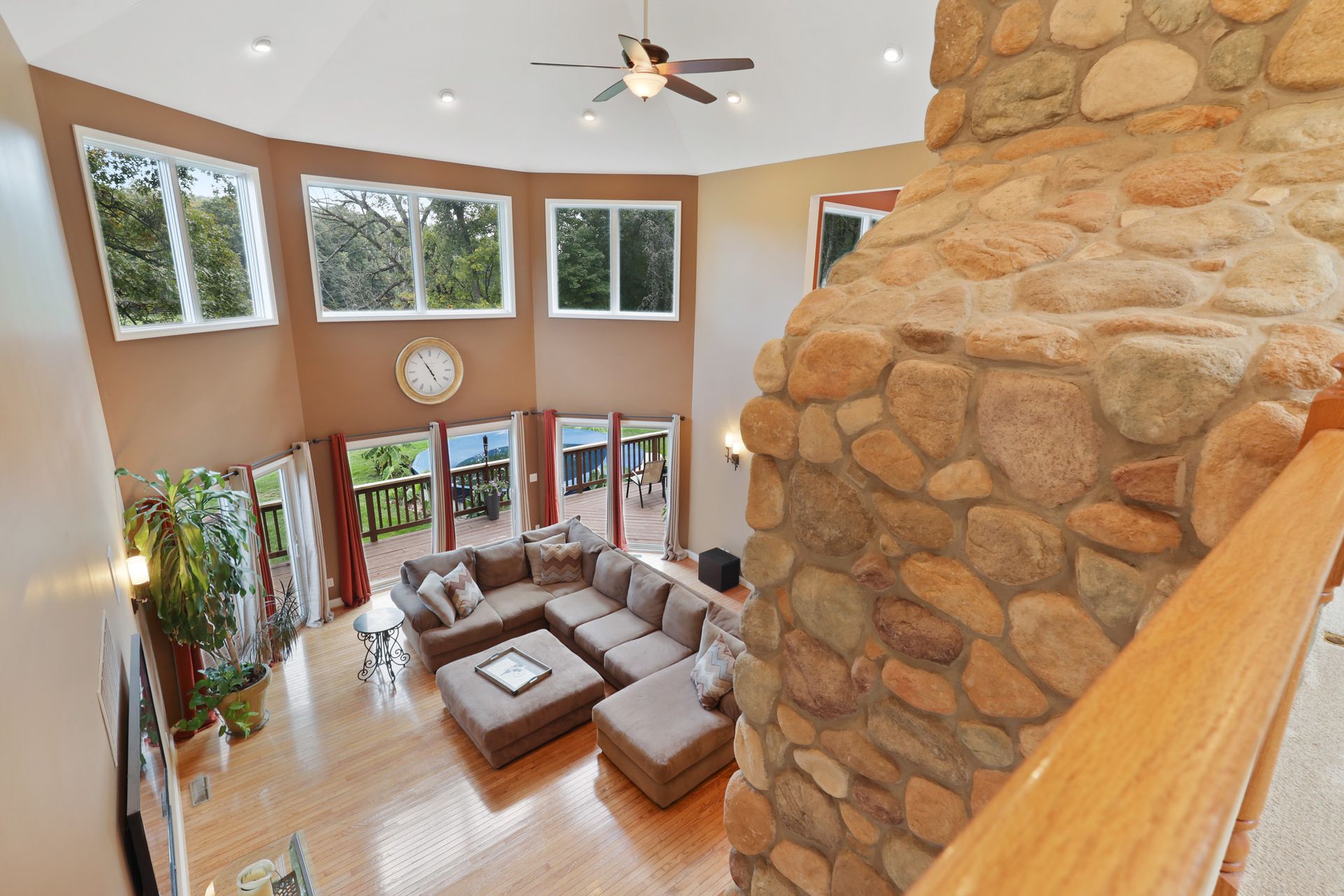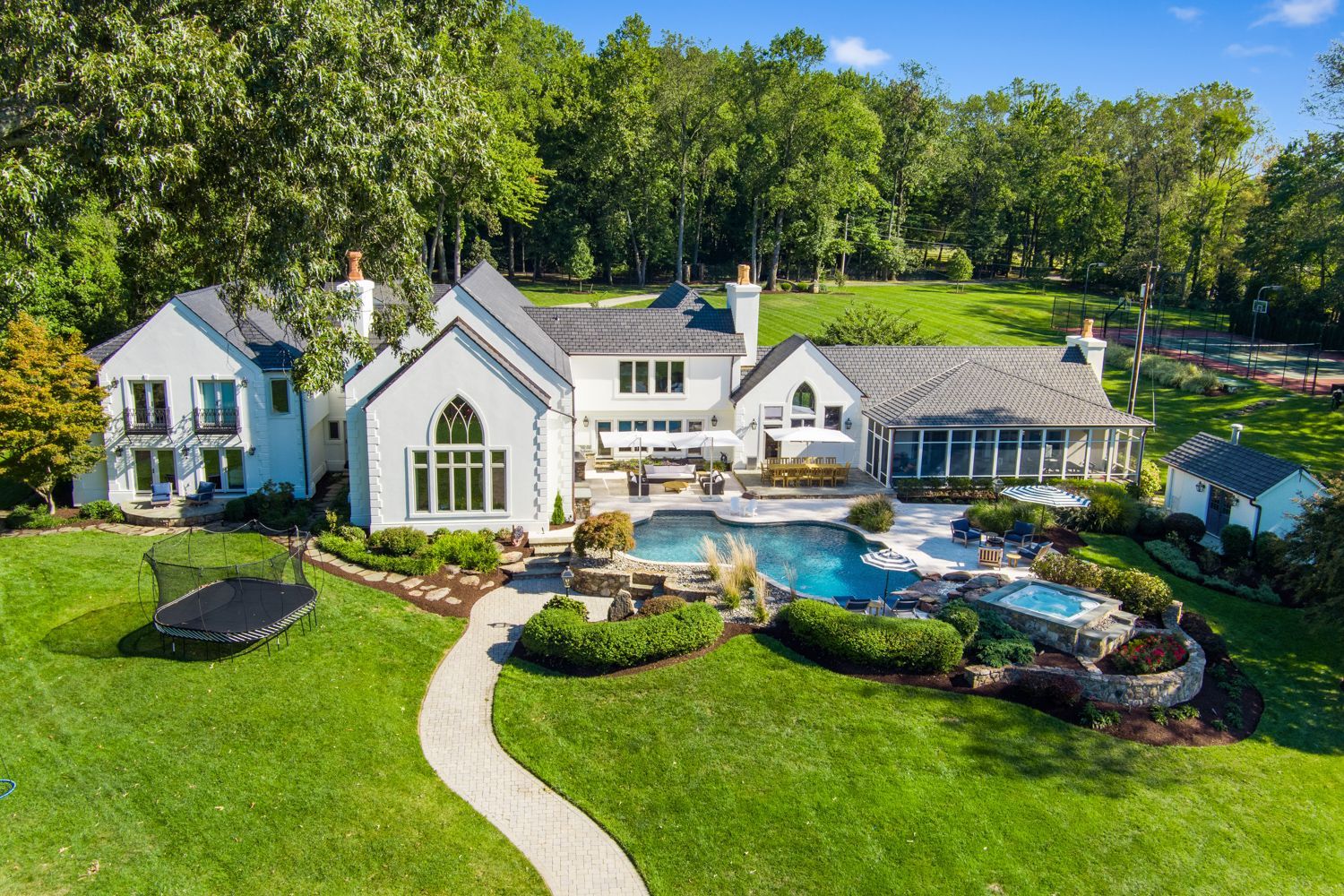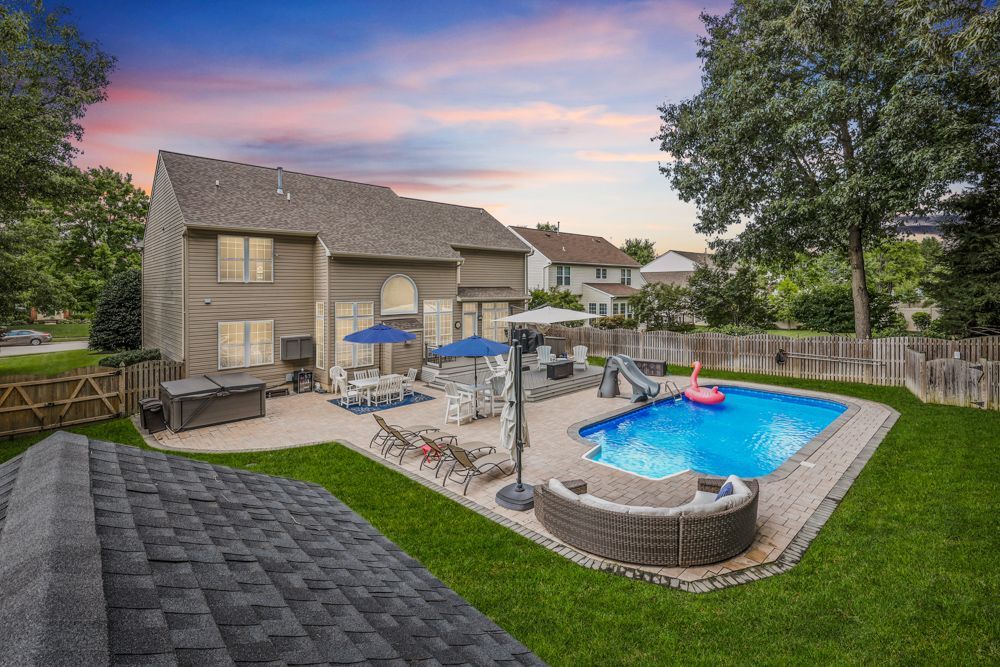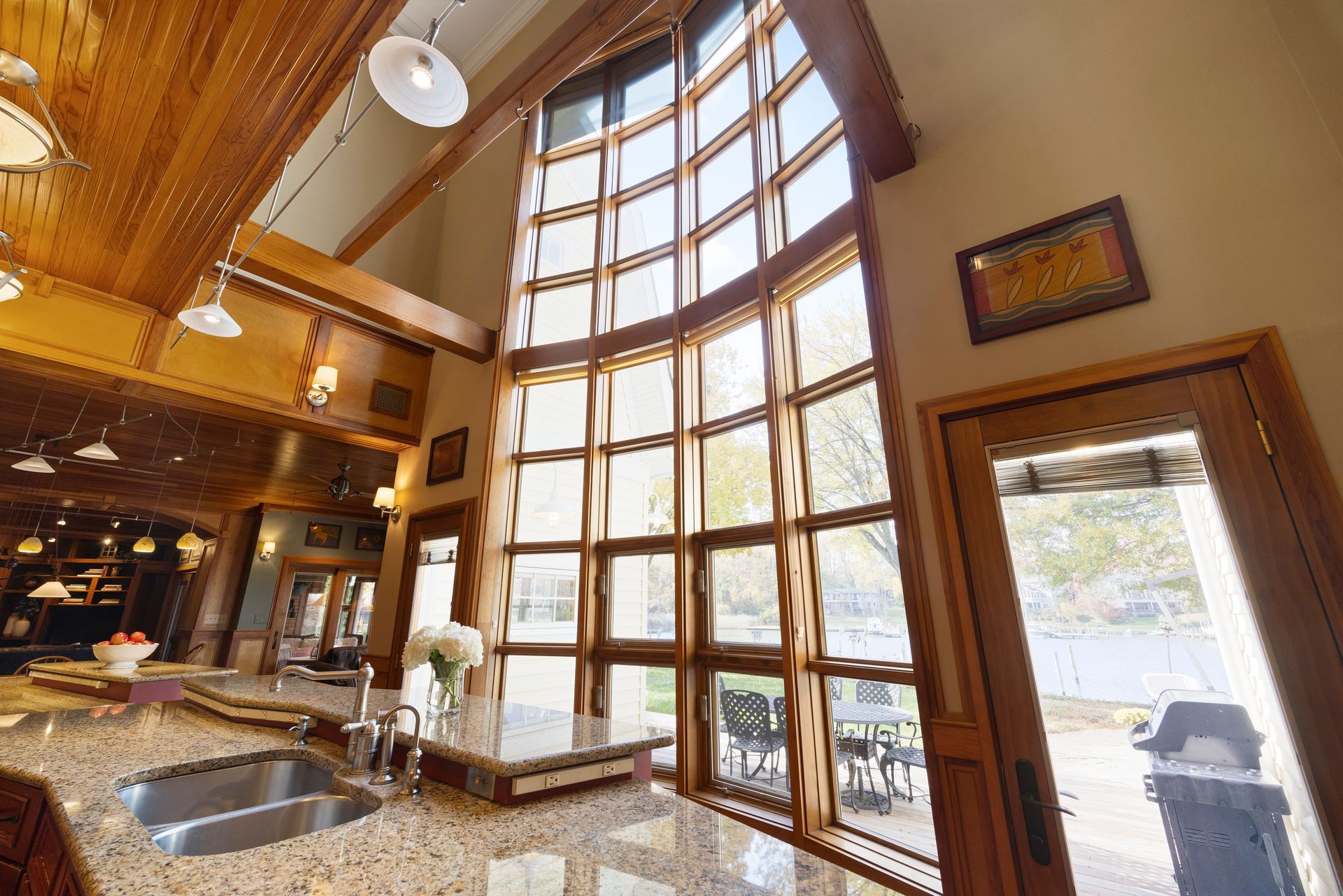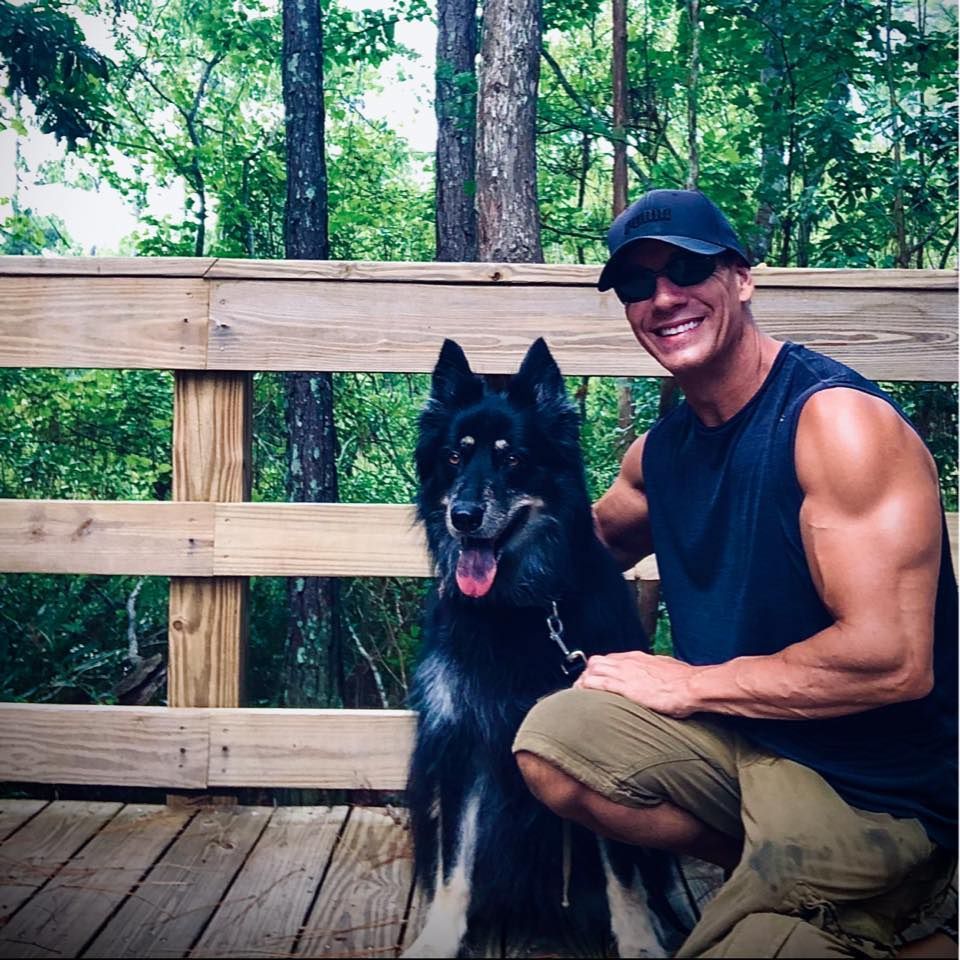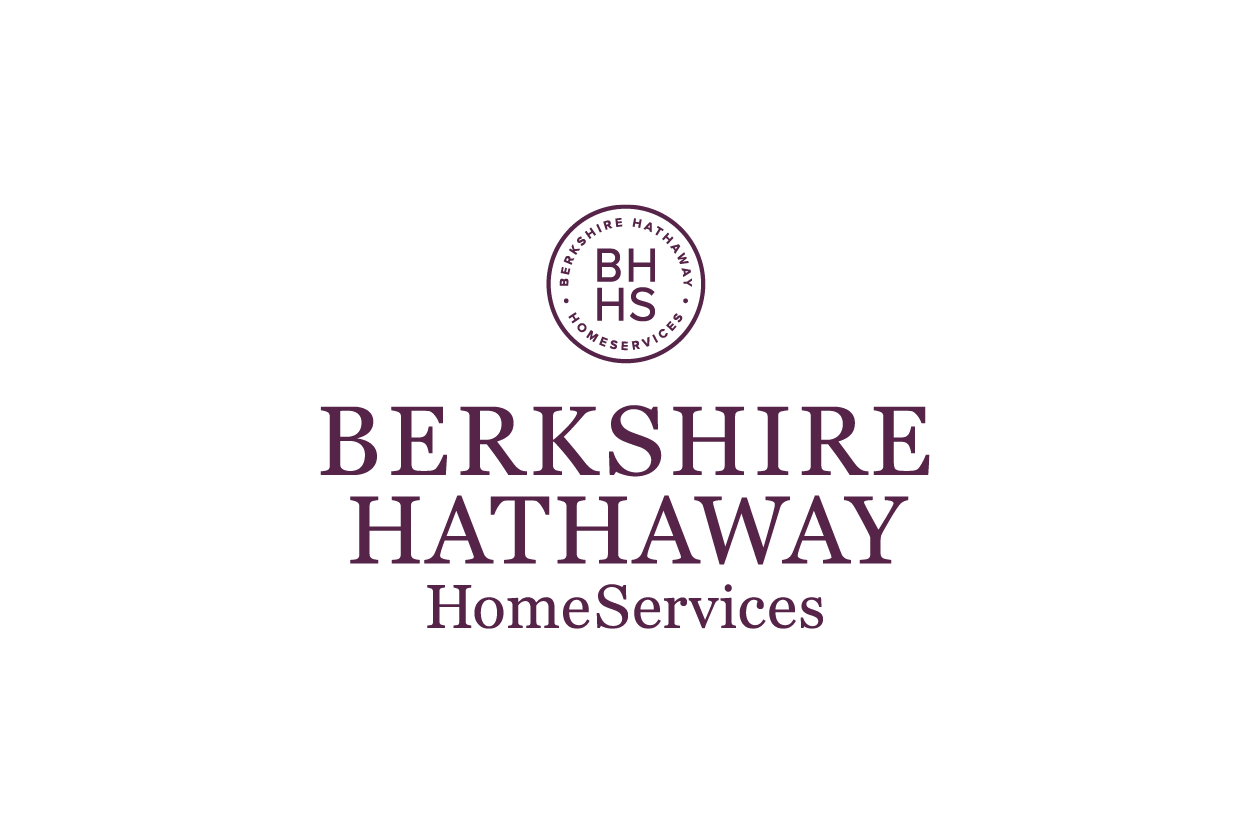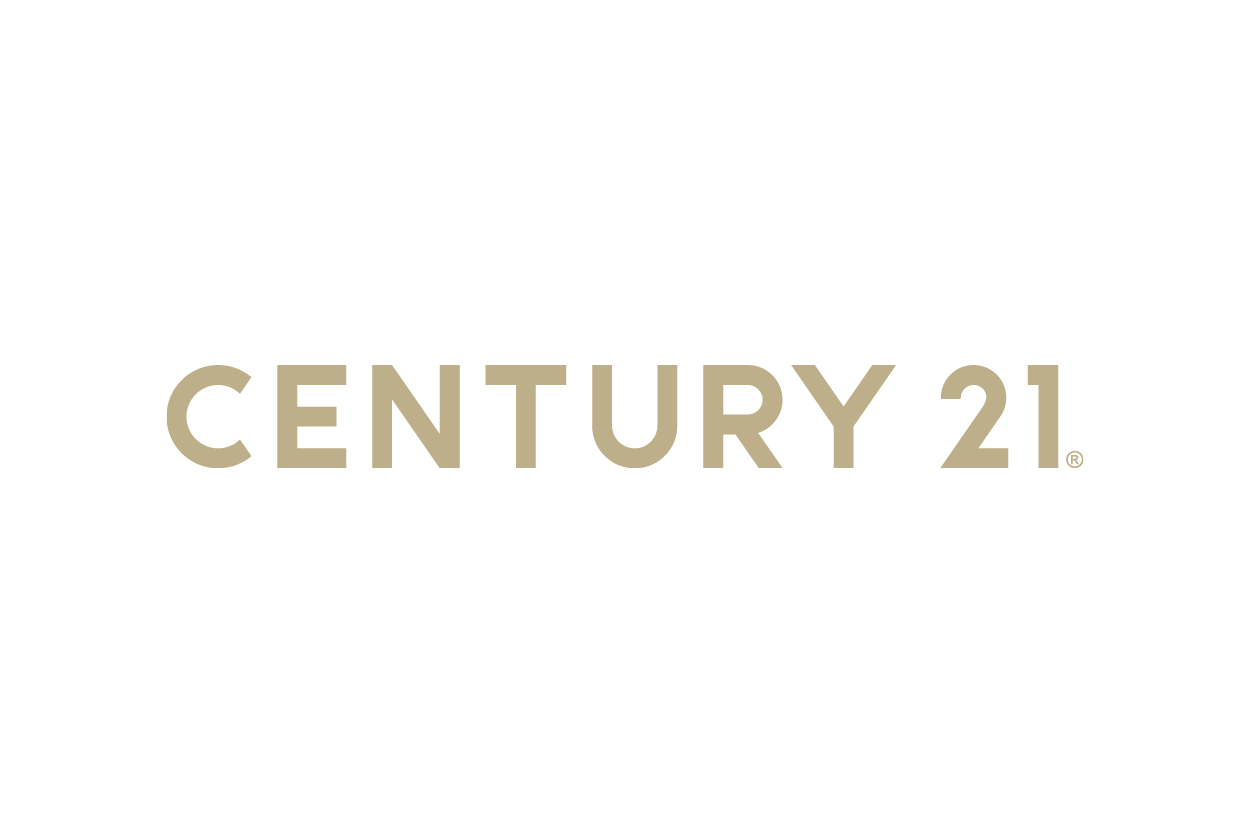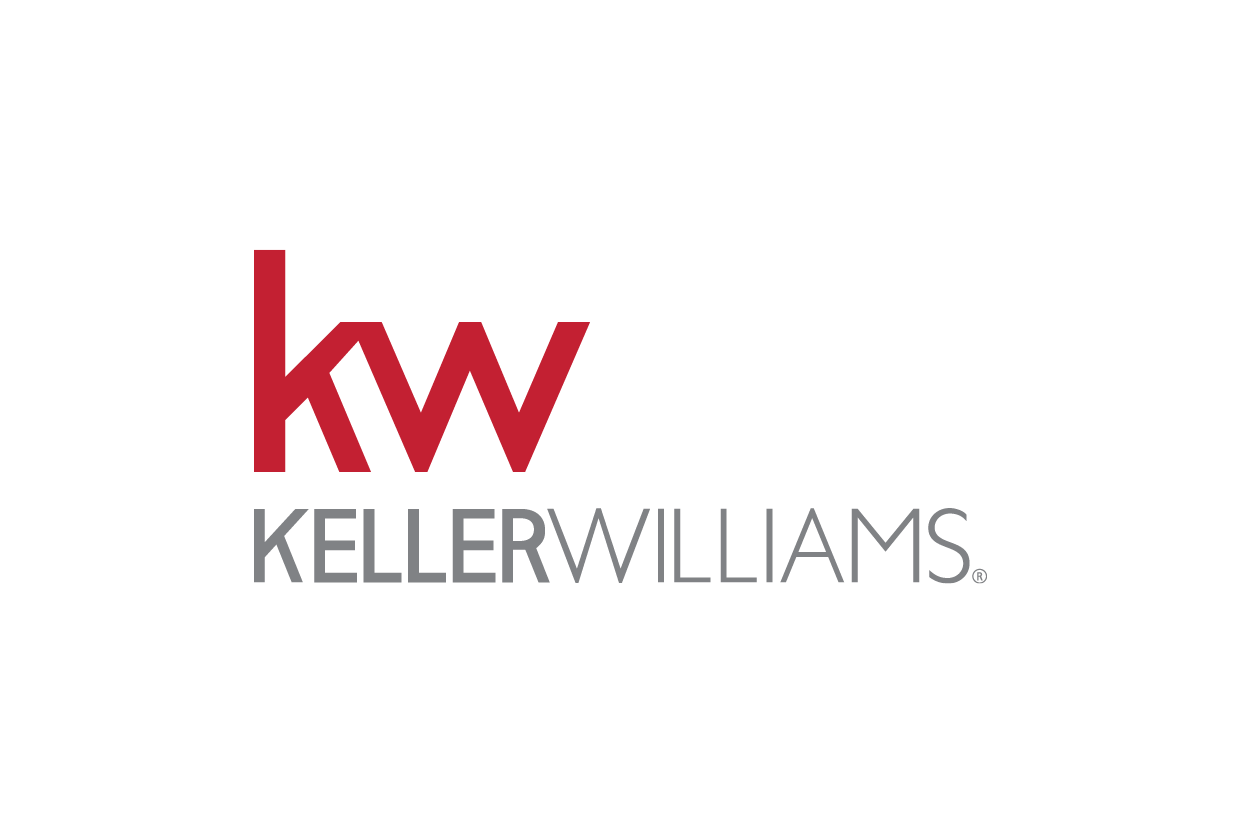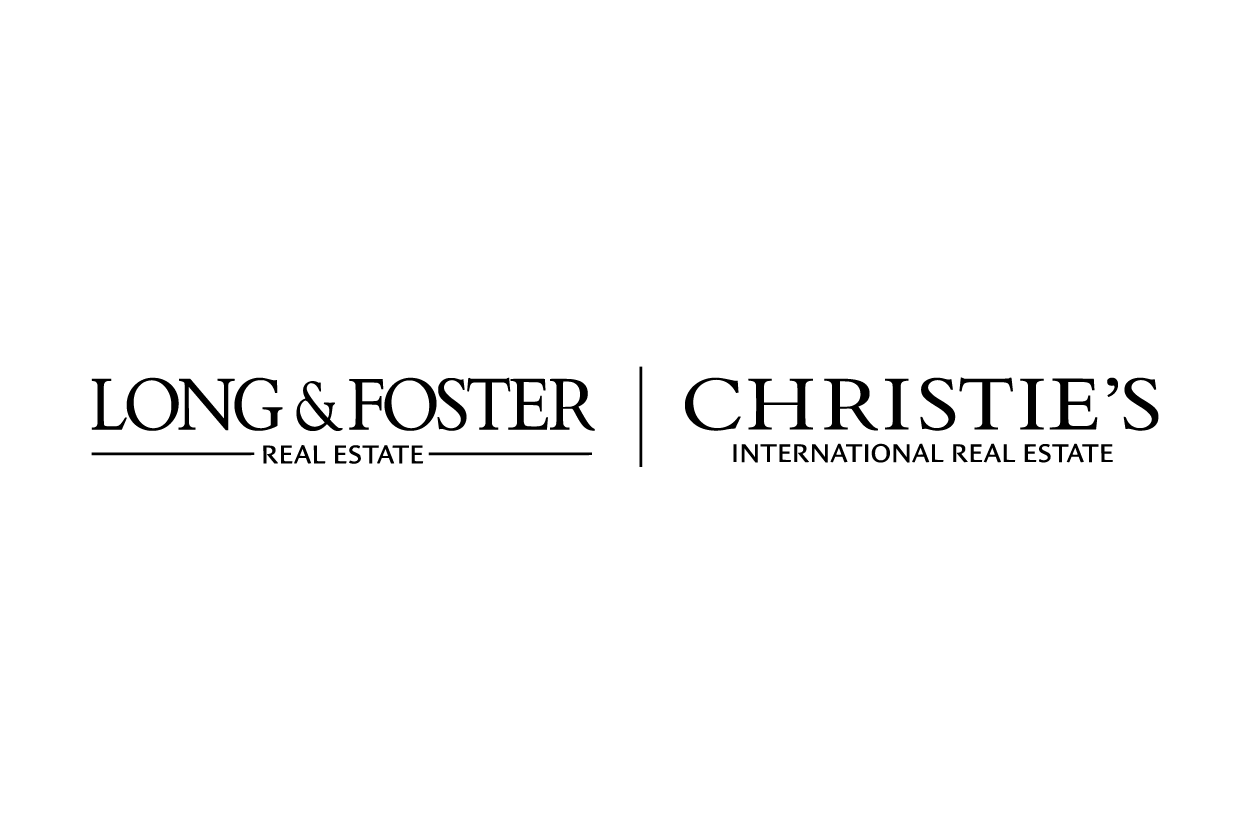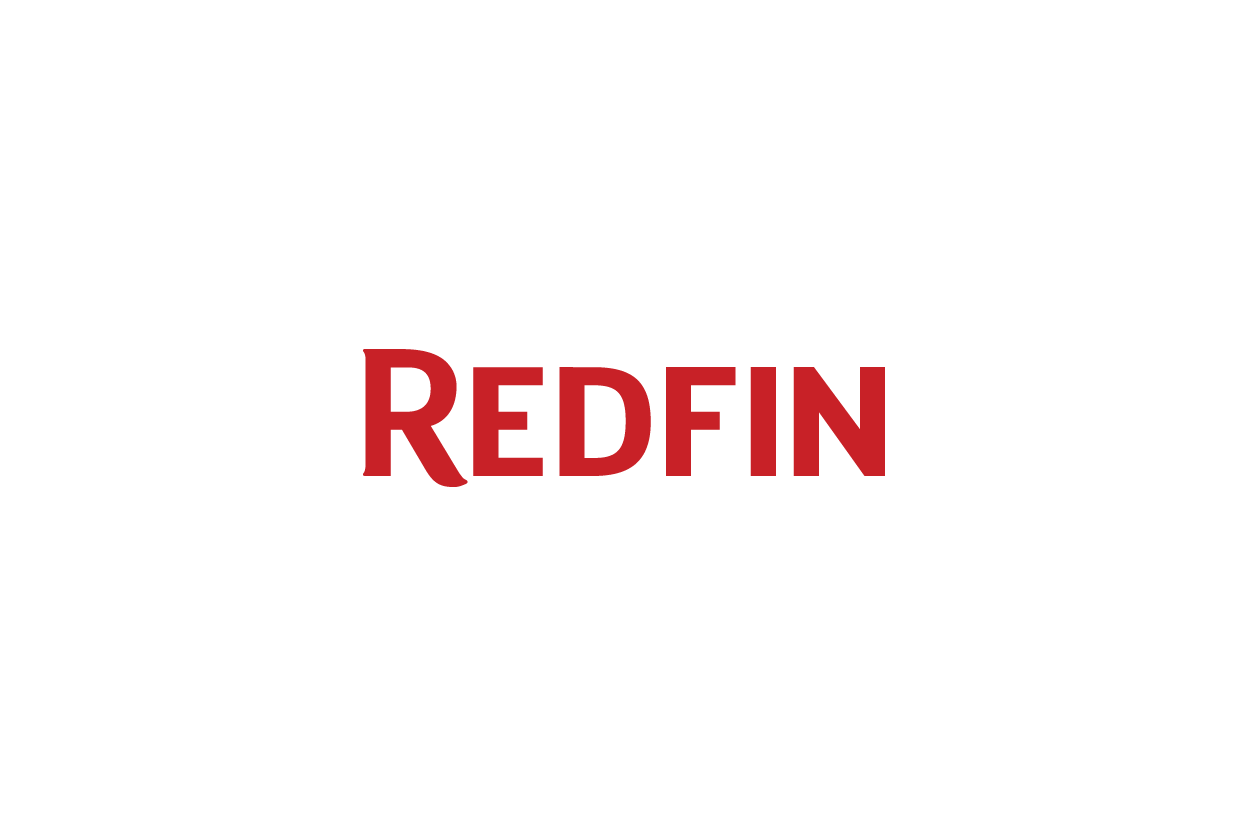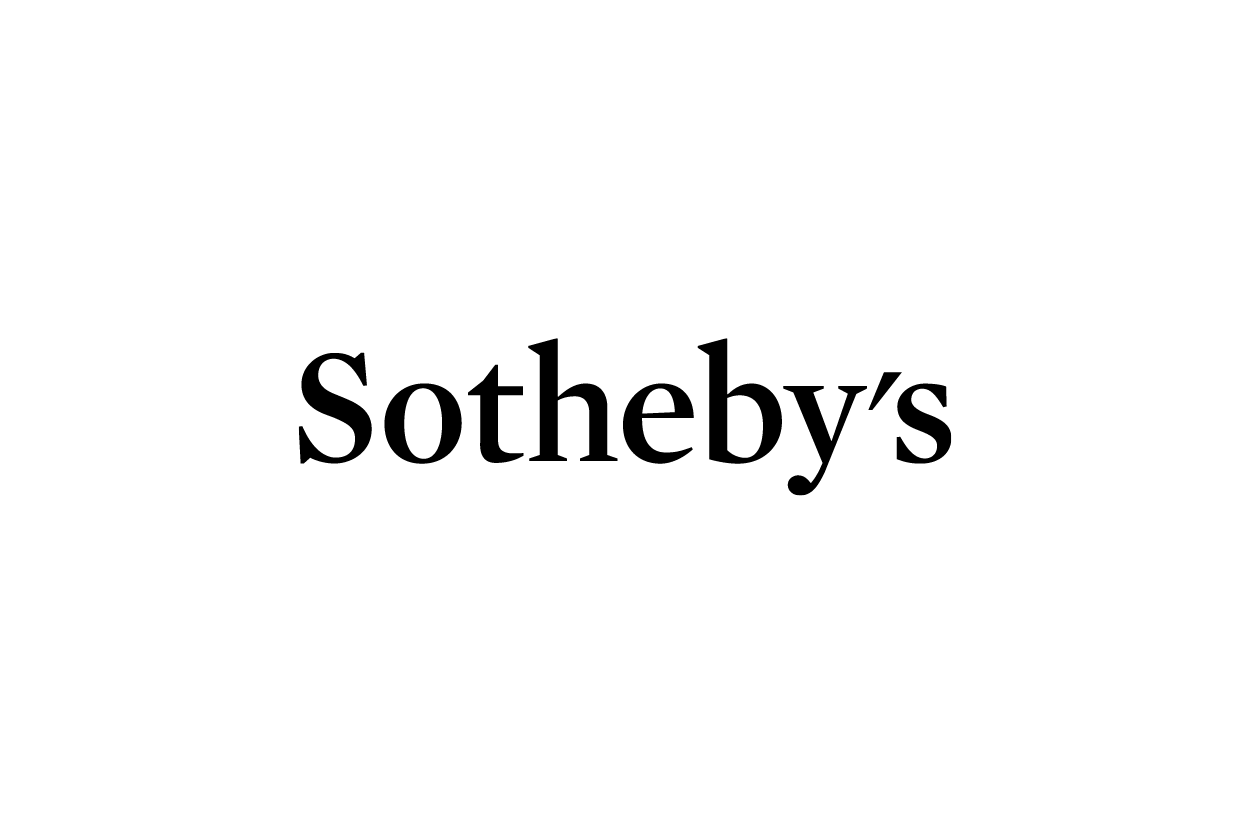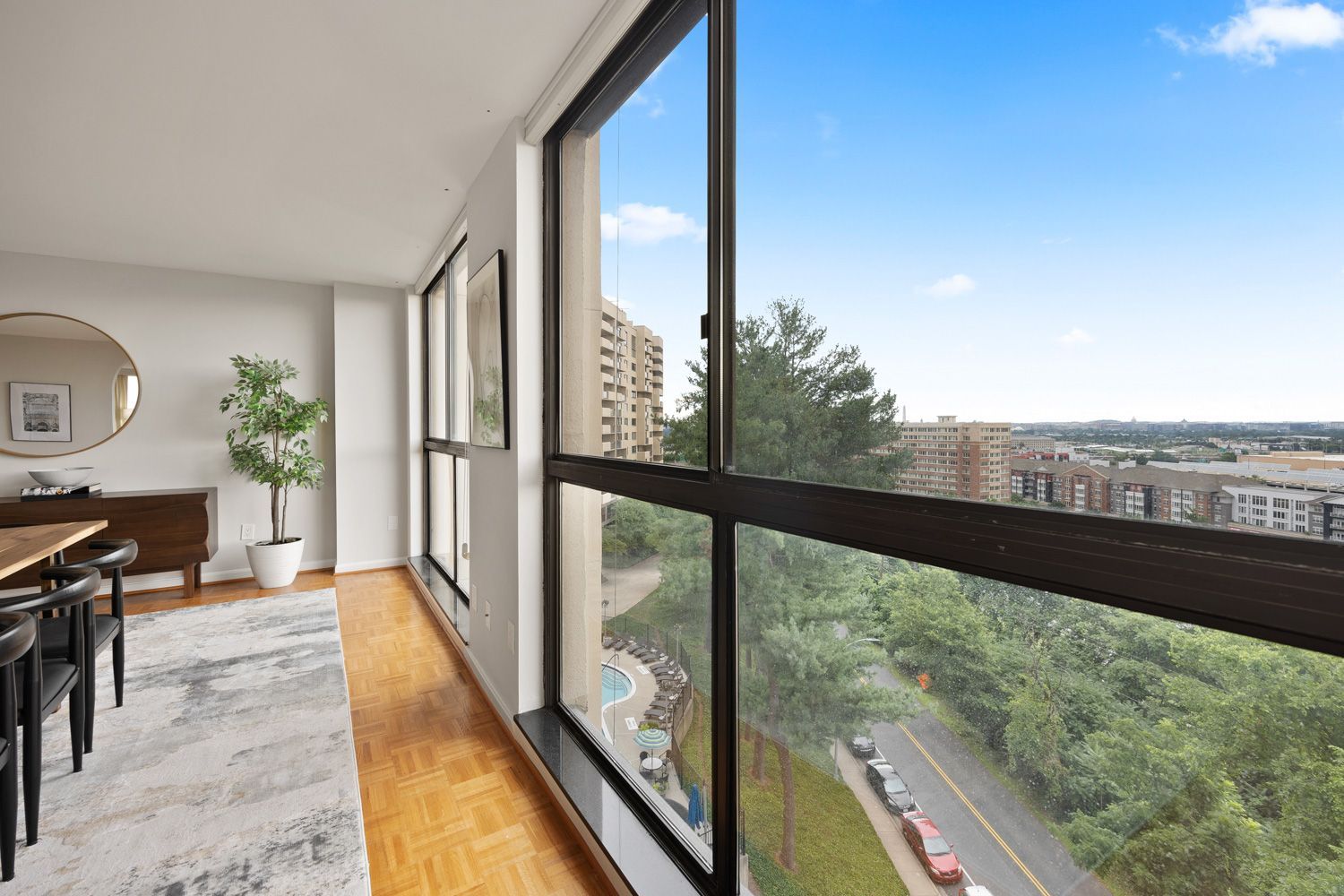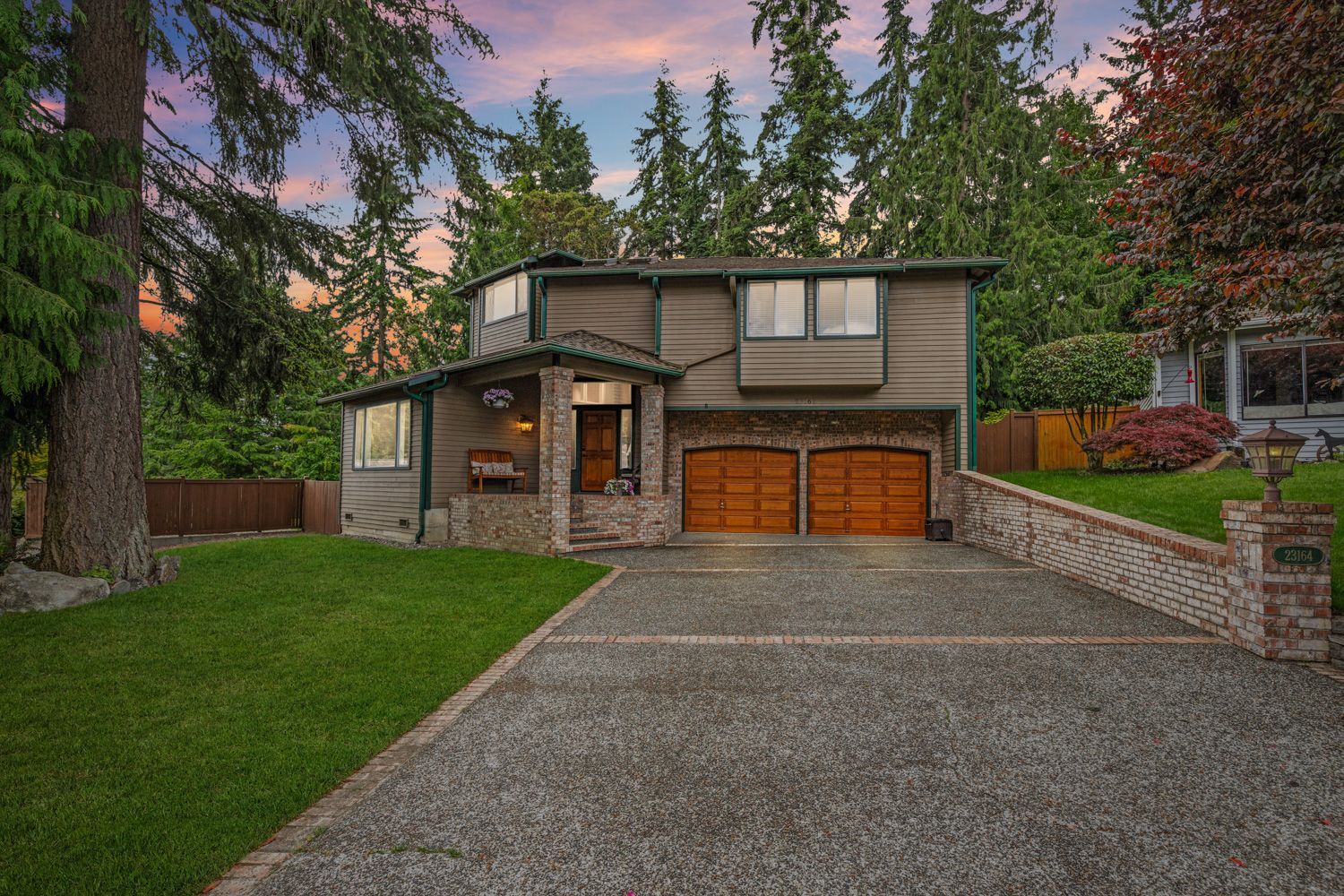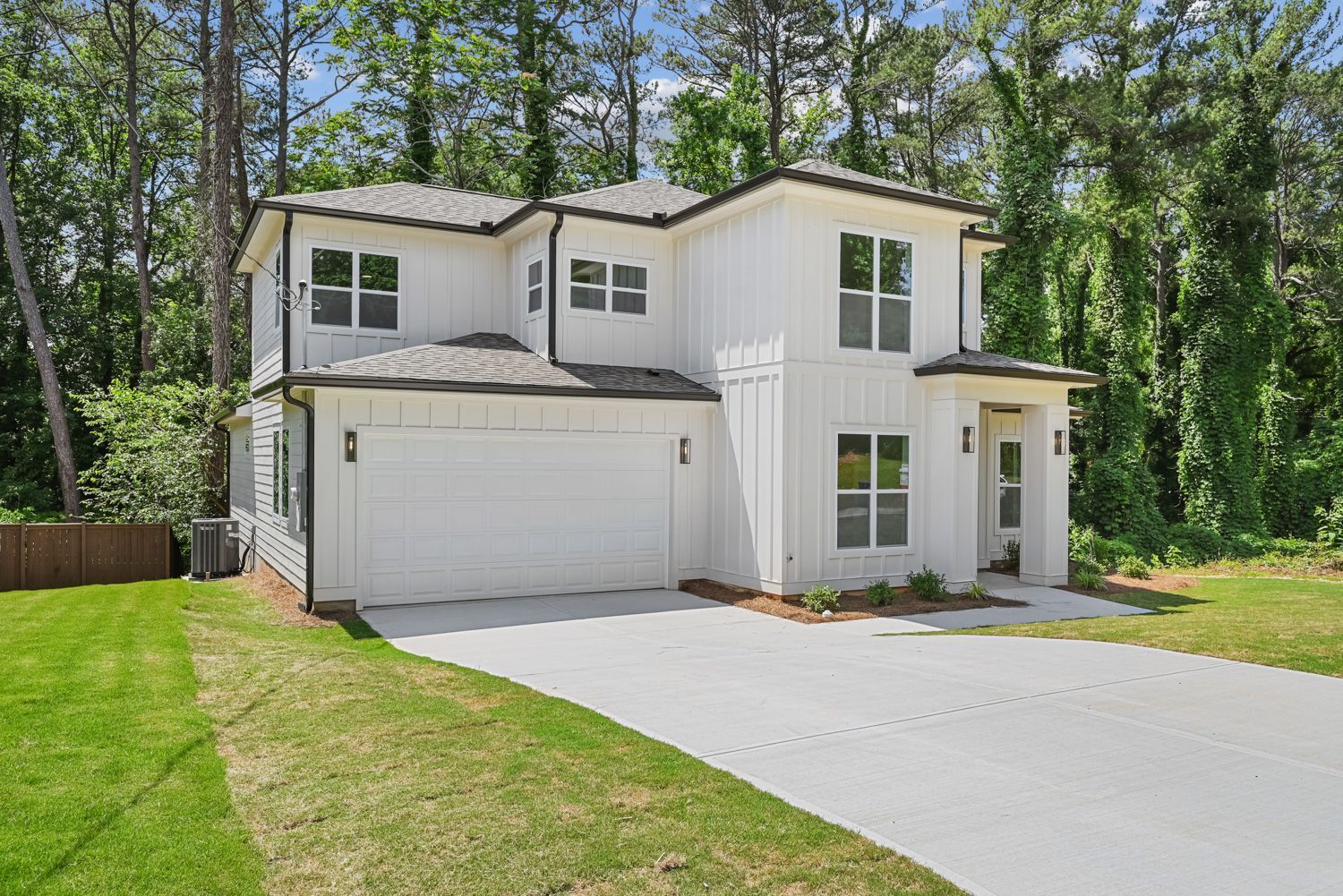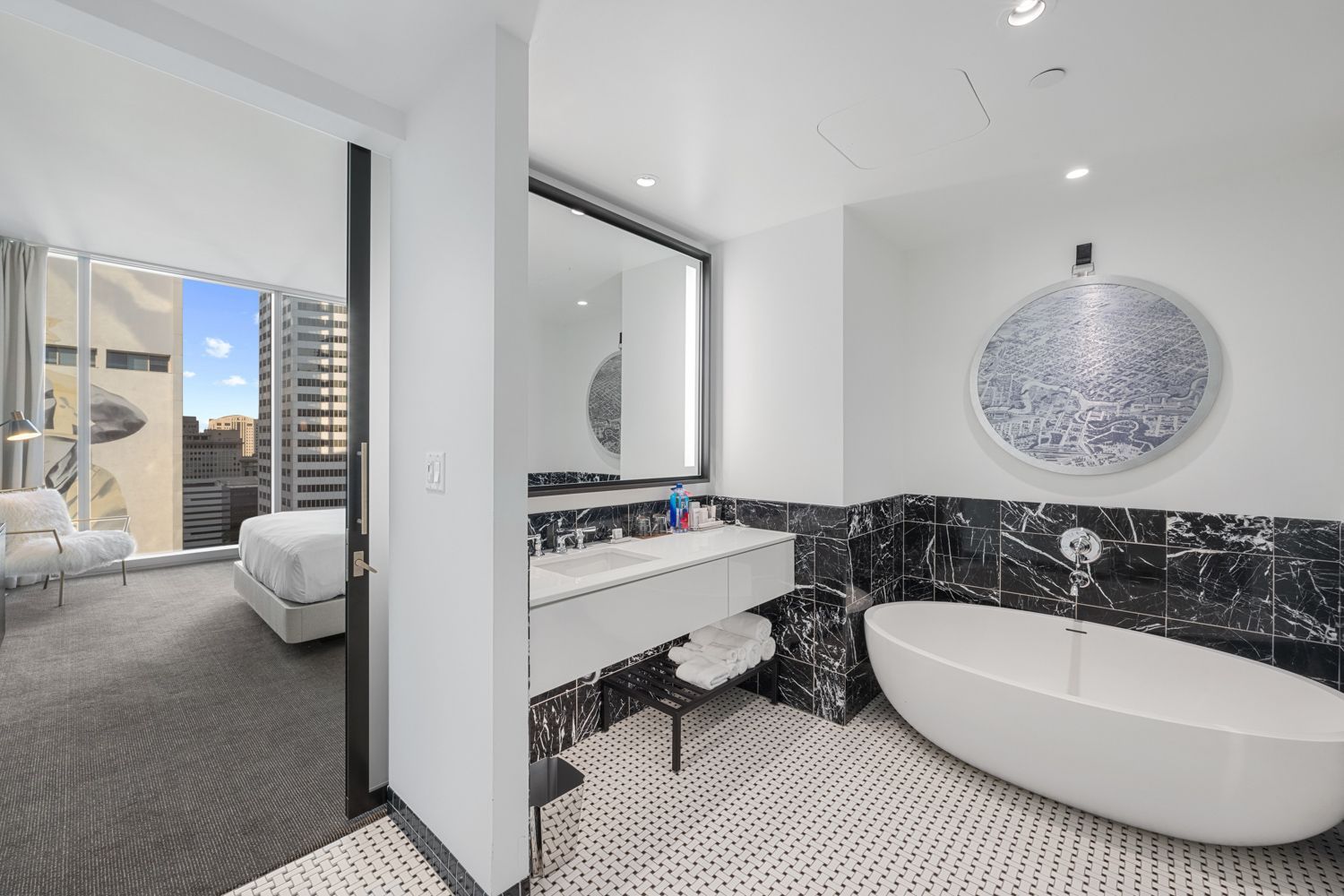Your journey to finding a real estate photographer near you begins with a clear understanding of your listings' specific needs. In the fast-paced world of real estate in 2024, capturing the essence of your property through photography is more critical than ever. As a savvy real estate agent, you understand that high-quality images are key to attracting potential buyers and closing deals swiftly. This guide, "12 Steps: How to Find a Real Estate Photographer Near Me," is designed to navigate you through the process of choosing the best photographer who can bring your real estate listings to life. Whether it's leveraging the latest Photography or Matterport 3D Virtual Tours or captivating Aerial Drone shots or Videography and the latest Virtual Staging technology, this guide will ensure you're well-prepared to make an informed decision.
12 Steps: How to Find a Real Estate Photographer Near Me
WHY PAY MORE?
Updated: December 1st, 2024
Ready to find a real estate photographer near you? Use our city locator to connect with expert local photographers near you who deliver stunning photos, virtual tours for real estate, virtual staging, twilight photography, drone videography, and much more! Click here to visit and explore.
1. Find a Real Estate Photographer
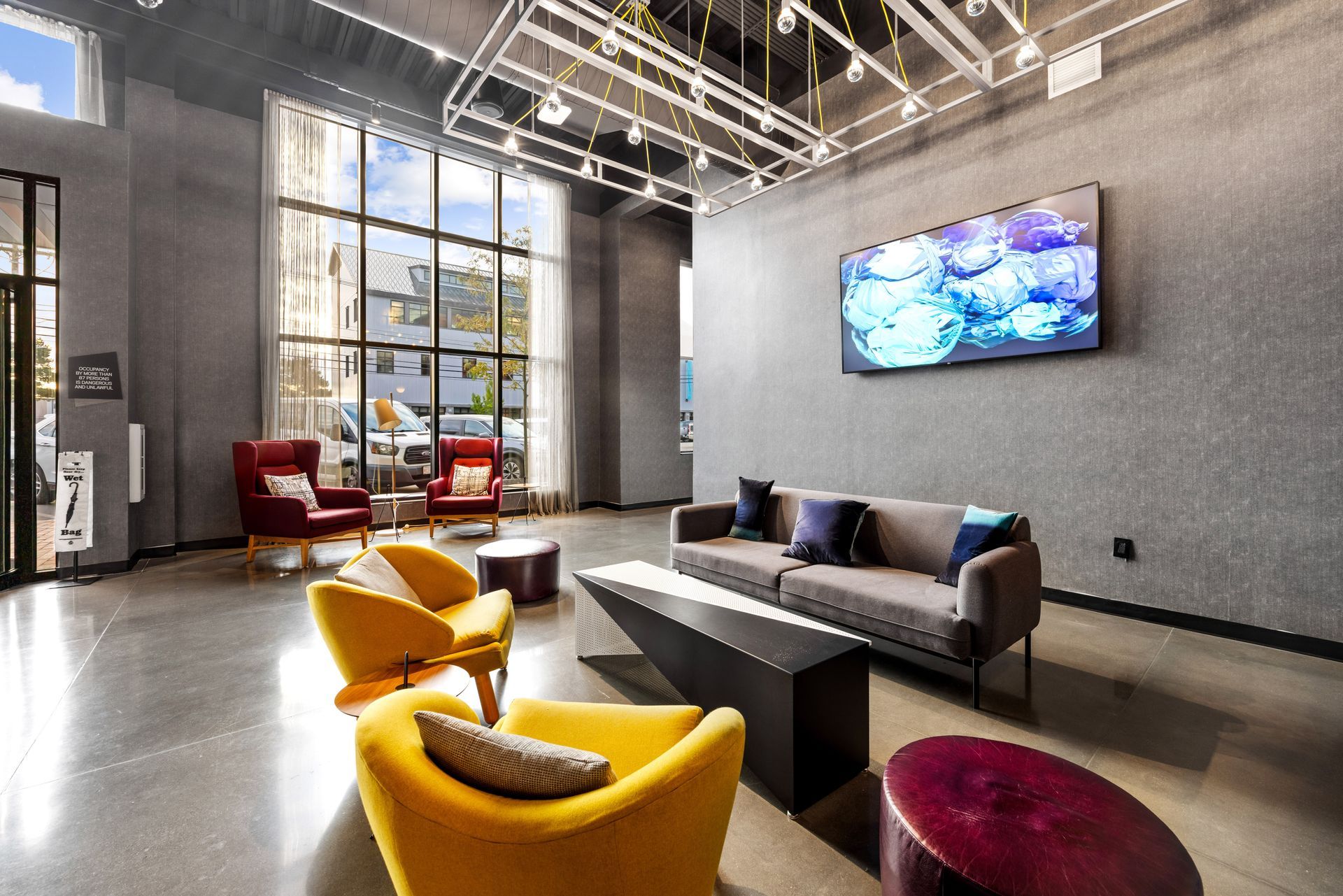
To find a real estate photographer near you use online platforms like:
- Zillow: A real estate marketplace that also includes professional profiles of photographers specializing in real estate photography.
- Photographer.Org: Discover nearby expert photographers with Photographer.org - no downloads or apps needed, just enter your city or zip code.
- Fiverr: A freelance platform where you can find photographers offering various styles and price ranges, with a focus on affordability.
- Houzz: Known for home improvement and design, Houzz also lists photographers experienced in capturing interiors and architecture.
- Upwork: A broad freelance platform where you can find professional photographers with diverse specializations, including real estate.
- Yelp: Useful for local searches and includes customer reviews to gauge photographer quality and reliability.
- Snappr: A photography-specific platform offering easy booking and a range of photographers skilled in real estate imagery.
- Thumbtack: Connects you with local professionals, including photographers, and provides customer ratings and reviews.
- LinkedIn: Leverage this professional network to discover photographers via real estate industry connections and referrals.
- Google My Business: Find local real estate photographers, view their profiles and portfolios, and assess their quality through customer reviews and ratings.
- Photography Talk: This online forum offers a wealth of insights and advice from both photography enthusiasts and professionals.
- Facebook Groups: Participate in real estate photography-focused groups for advice and recommendations from the community.
- Reddit Real Estate Photography: Delve into Reddit's photography community for a wide range of tips and diverse perspectives.
Key Points to Find a Local Real Estate Photographer:
- Harness Online Resources: Utilize a variety of online platforms and directories to find photographers with real estate expertise.
- Leverage Professional Networks: Seek personal recommendations through industry networks and professional connections.
- Engage with Photography Communities: Gain insights from photography forums and social media groups.
- Assess Quality and Style: Evaluate photographers based on their portfolio, client feedback, and experience in real estate photography.
2. Preparation: Understanding Your Photography Needs in 2024
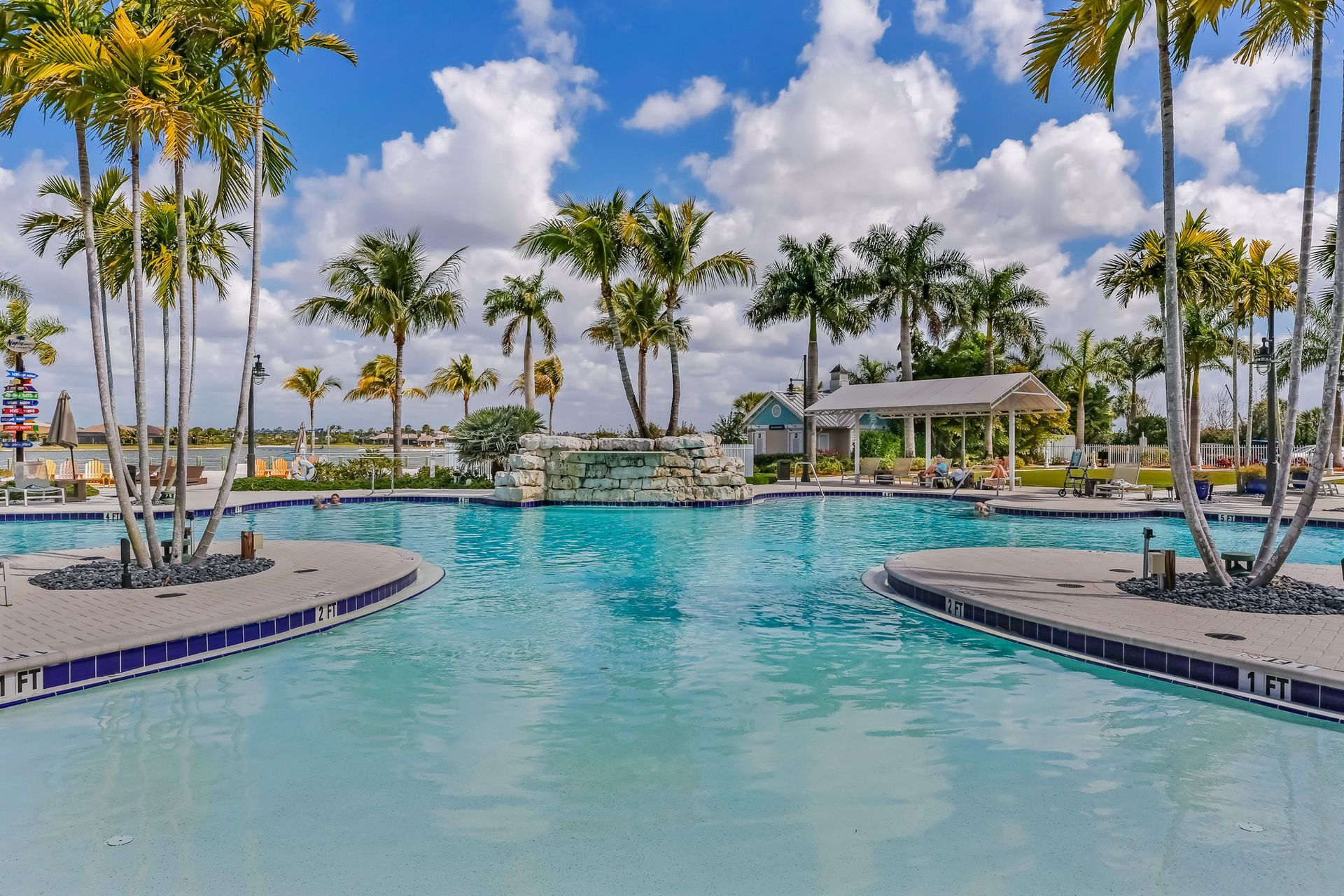
The preparation phase involves considering various types of photography services that can highlight the unique aspects of your properties. Would the expansive views of drone photography, the enchanting dusk of twilight shots, or the immersive experience of Matterport 3D Tours. Recognizing the types of photography that align with your properties will set a solid foundation for your search.
In preparing to find a real estate photographer, it's crucial for agents to know the options offered by a real estate photographer and how each can impact your future listing's sale cycles and profitability.
Here are some real estate photography services to learn about:
- HDR Fusion Photography: Captures the essential elements of properties, focusing on interior and exterior shots in natural lighting.
- Aerial Drone Photography: Offers a bird's-eye view of the property, showcasing its layout, size, and surroundings. Ideal for large estates or properties with notable outdoor features.
- Twilight Photography: Highlights a property's exterior and landscaping in the soft, warm light of dusk, creating a luxurious and inviting atmosphere.
- Matterport 3D Tours: Provides a virtual walk-through experience, allowing online viewers to navigate through a property in 3D.
- Advanced Photo Editing: Enhances the visual appeal of photos with techniques like sky replacement for a clearer, more vibrant sky, or object removal to declutter spaces.
- Virtual Staging: Digitally furnishes empty spaces to help potential buyers visualize the property's potential.
- Videography Services: Includes professionally shot videos and drone footage, offering a dynamic and engaging view of the property.
Key Points to Remember:
- Assess various photography styles and technologies.
- Identify which services will best highlight your property's features.
- Consider the unique benefits of advanced editing, virtual staging, and videography.
- Recognize the importance of these services in enhancing your listing and attracting potential buyers.
By understanding these options, you can clearly communicate your vision and ensure the photographer captures the essence of your properties effectively.
When embarking on the journey to elevate your real estate listing, the key ingredient is capturing the essence and allure of your property through the lens of a professional photographer. This critical decision sets the tone for how potential buyers perceive your property. Navigating the world of photography to find that perfect match requires a blend of research, networking, and insight into the photographers’ artistic vision and professional prowess. In the digital age, this quest is facilitated by a variety of online tools and platforms, alongside the invaluable wisdom of your professional network.
3. Reviewing Online Portfolios
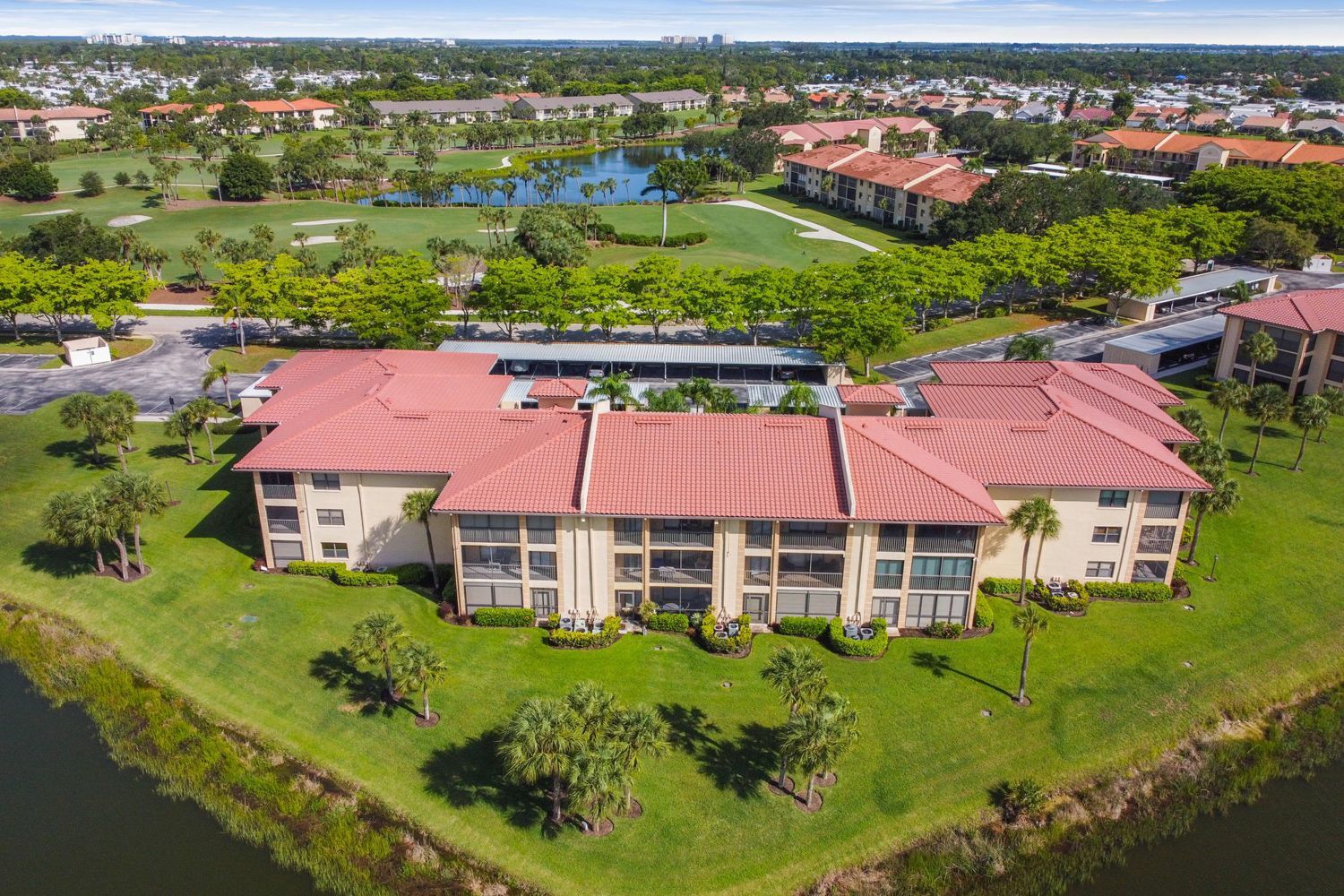
Evaluating online portfolios is a crucial step in finding the right real estate photographer. These portfolios offer a visual representation of a photographer’s style, expertise, and experience in real estate photography. They are windows into how photographers capture and present various properties, allowing you to gauge if their style aligns with your vision for your listings.
When reviewing online portfolios:
- Diversity in Property Types: A versatile portfolio showcasing different property types is indicative of the photographer’s adaptability.
- Quality and Creativity: High-quality images that creatively highlight property features are crucial.
- Style Alignment: Ensure the photographer’s style resonates with your brand and the type of properties you're listing.
Key Points to Remember:
- The variety in a portfolio reflects the photographer’s range.
- Quality and creativity are paramount in choosing the right photographer.
- A photographer's style should complement your real estate brand.
4. Photography Equipment and Skills in 2024
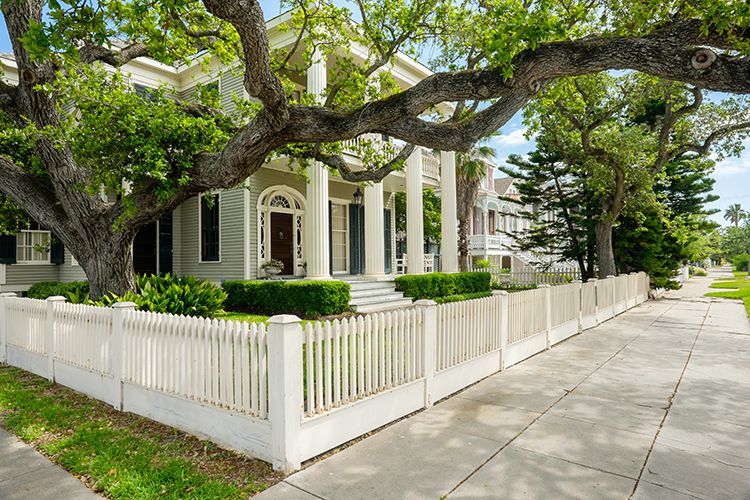
Client testimonials provide real-life insights into a photographer's professionalism and the quality of their work. They are invaluable for understanding how photographers engage with clients and manage real estate photography projects, which can significantly impact the success of your listings.
When inquiring about equipment and skills:
- Camera and Lens Quality: Ensure the photographer uses high-resolution cameras and lenses suitable for different types of shots.
- Lighting Equipment: Good lighting is crucial for capturing clear and attractive photos, especially in low-light conditions.
- Post-Processing Skills: Editing skills are essential for refining images, including color correction, balancing, and object removal.
Key Points to Remember:
- High-quality equipment is key to superior photography.
- Skilled photographers can effectively showcase your property.
- Advanced editing skills can significantly enhance photo quality.
5. Real Estate Photographer Testimonials
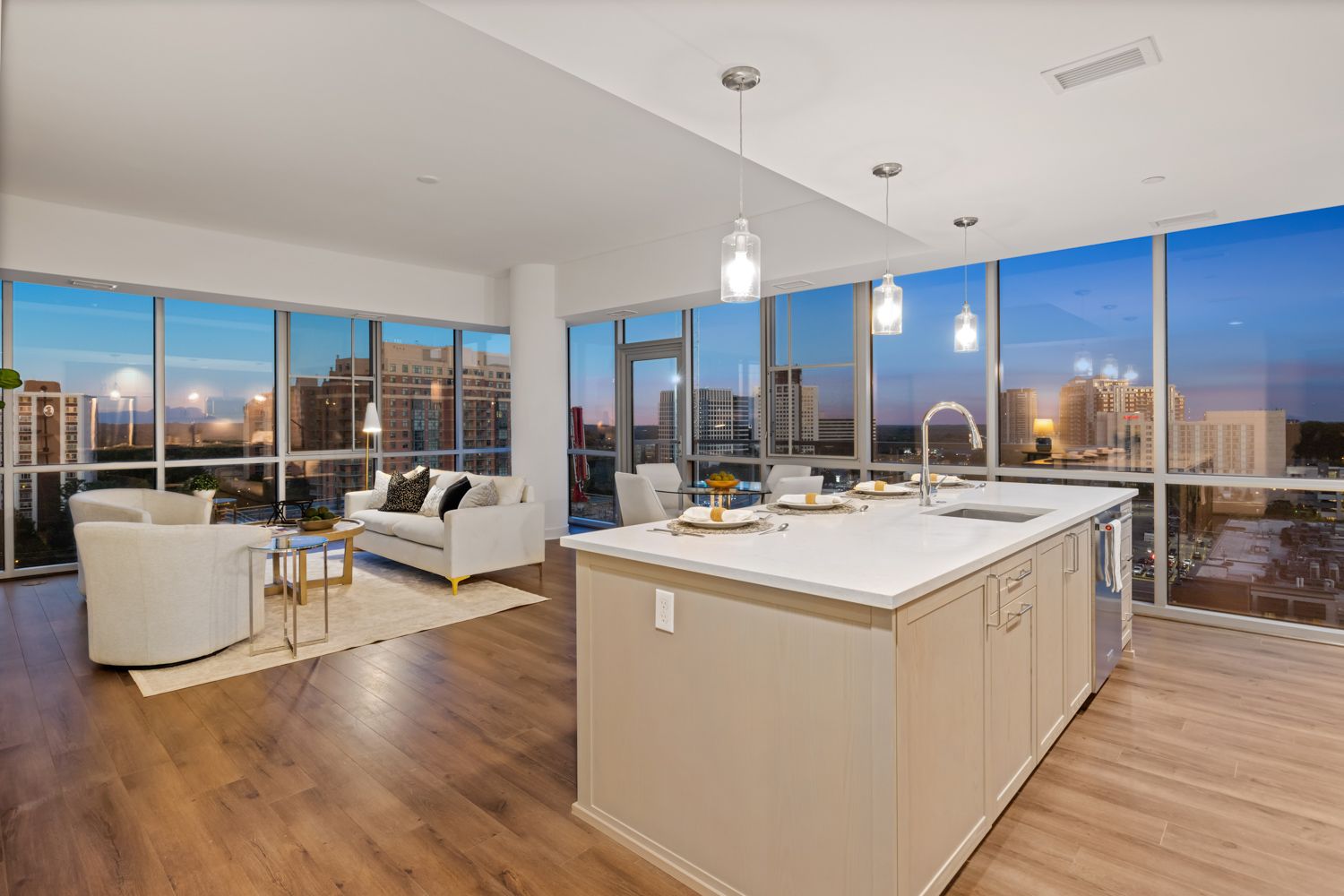
Client testimonials offer valuable insights into a photographer's professionalism, work ethic, and reliability. Positive reviews from previous clients, especially those in the real estate sector, can significantly influence your decision-making process.
When reading testimonials:
- Professionalism and Reliability: Look for comments on punctuality, responsiveness, and ease of working with the photographer.
- Quality of Work: Feedback on the quality and impact of the photos on real estate listings.
- Client Satisfaction: Overall satisfaction and willingness to recommend the photographer.
Key Points to Remember:
- Testimonials reflect real-life experiences.
- Seek feedback on professionalism, quality, and satisfaction.
- Choose a photographer with consistently positive reviews.
6. Real Estate Photography Pricing in 2024
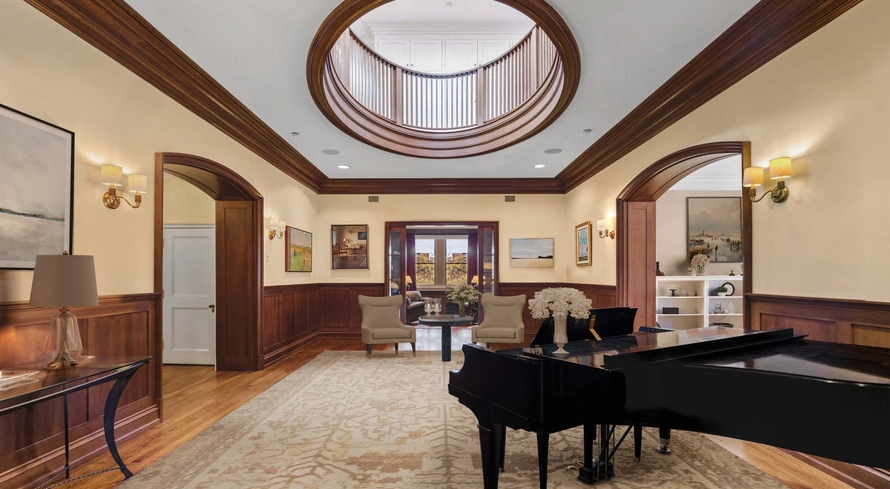
In the context of real estate photography pricing for 2024, it's important to note that the average cost ranges from $110 to $300 per session. This investment is key in ensuring high-quality imagery for property listings, directly impacting your return on investment (ROI). Quality photography can significantly enhance the appeal of listings, potentially leading to quicker sales and higher selling prices, offering a solid ROI for real estate agents.
When considering photography services in 2024, it's essential to:
- Seek Transparent Pricing: Confirm that the photographer's rates are straightforward and fit within your budget.
- Opt for Customizable Packages: Choose services that can be tailored to your specific marketing needs.
- Evaluate Value for Money: Assess the quality and scope of services in relation to the cost, as higher prices don't always equate to better quality.
Key Points to Remember:
- Engage in clear discussions about pricing to set proper expectations.
- Select packages that effectively meet your marketing goals.
- Focus on achieving a balance between the cost and quality of photography services.
7. Define the Type of Real Estate Photographer You Need
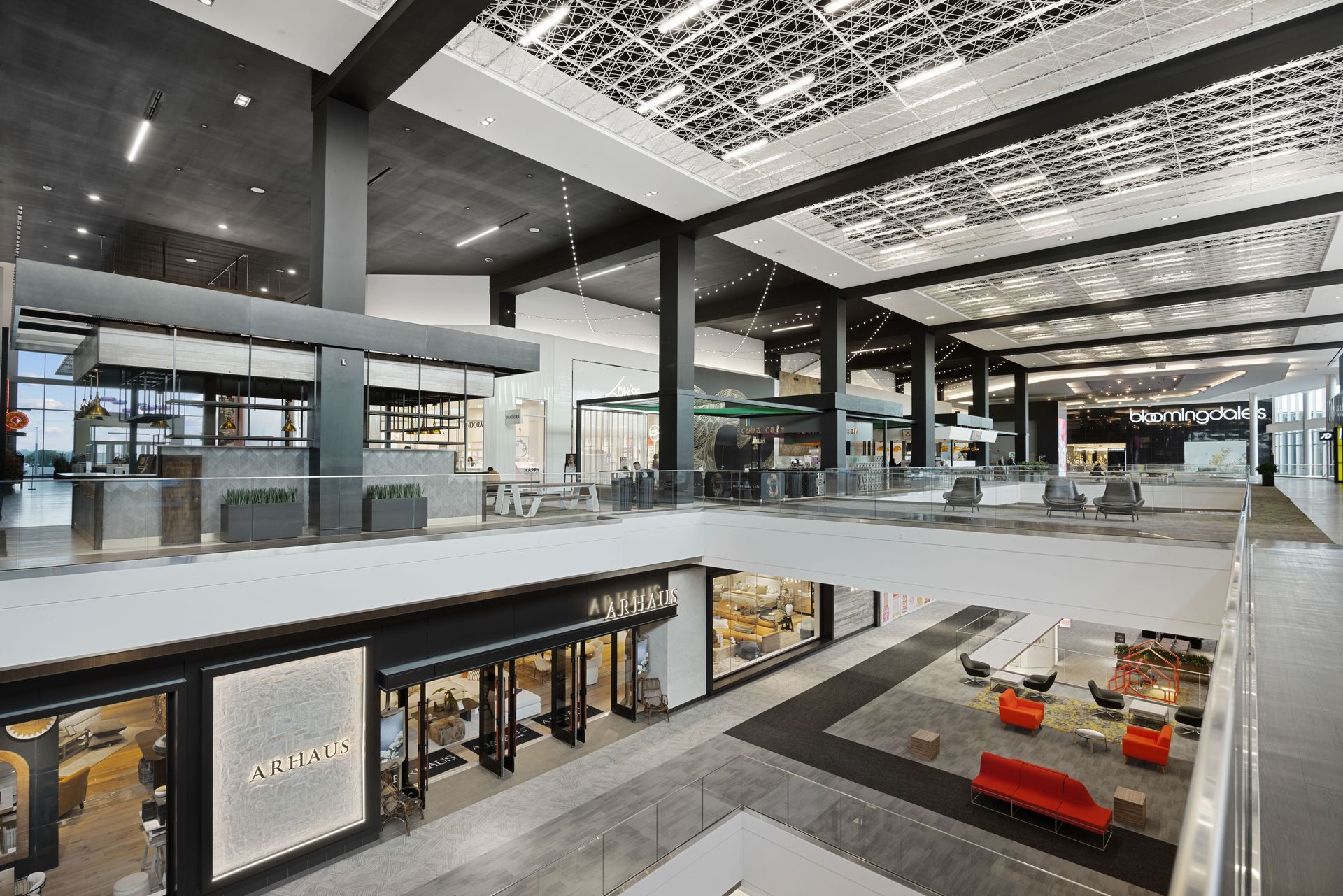
Choosing the right type of real estate photographer in 2024 is pivotal for showcasing properties effectively. This includes understanding the difference between residential and commercial photography, each with distinct styles and techniques. Residential photography focuses on creating warm, inviting images of homes, while commercial photography emphasizes formal, detailed visuals of business properties. Additionally, the need for specialized services like aerial photography and virtual staging should be considered to enhance the overall appeal of your listings.
Key considerations include:
- Property Types: Residential photographers focus on homes, while commercial photographers capture images of business properties.
- Photography Styles: Warm, inviting images for residential spaces versus formal, detail-focused shots for commercial properties.
- Approach: Residential photos emphasize lifestyle, whereas commercial photos highlight functional space use.
- Equipment: Residential photographers typically use standard gear, while commercial photographers often utilize more specialized equipment.
- Post-Process Editing: Quick editing for residential images versus more complex techniques for commercial photos.
Also, consider if you require additional services like aerial photography or virtual staging. Both services can significantly enhance your listing's appeal.
Key Points to Remember:
- Identify whether you need a residential or commercial photographer based on the property type.
- Consider the style and approach that best suits your listing.
- Remember to assess the need for additional services like aerial photography or virtual staging for a more comprehensive appeal.
8. Sharing Your Vision with Your Real Estate Photographer

Effectively communicating your vision to your photographer is crucial for capturing the essence of your properties. This step is all about establishing a shared understanding of what makes each property unique. It's not just about conveying your expectations but also about embracing the photographer's creative insights. This partnership can bring out the best in your listings, ensuring each photo tells the story you intend. Remember, a successful shoot is a blend of your vision and the photographer's expertise.
In consulting and sharing your vision:
- Effective Communication: Be clear about your expectations and the property's selling points.
- Collaborative Approach: Work together to decide on styles, angles, and key features to highlight.
- Feedback and Adjustments: Be open to suggestions and ready to provide constructive feedback.
Key Points to Remember:
- Clear communication is crucial for achieving your desired outcome.
- Collaboration leads to more effective and tailored results.
- Be open to the photographer's professional input for the best results.
9. Finalizing the Contract and Terms
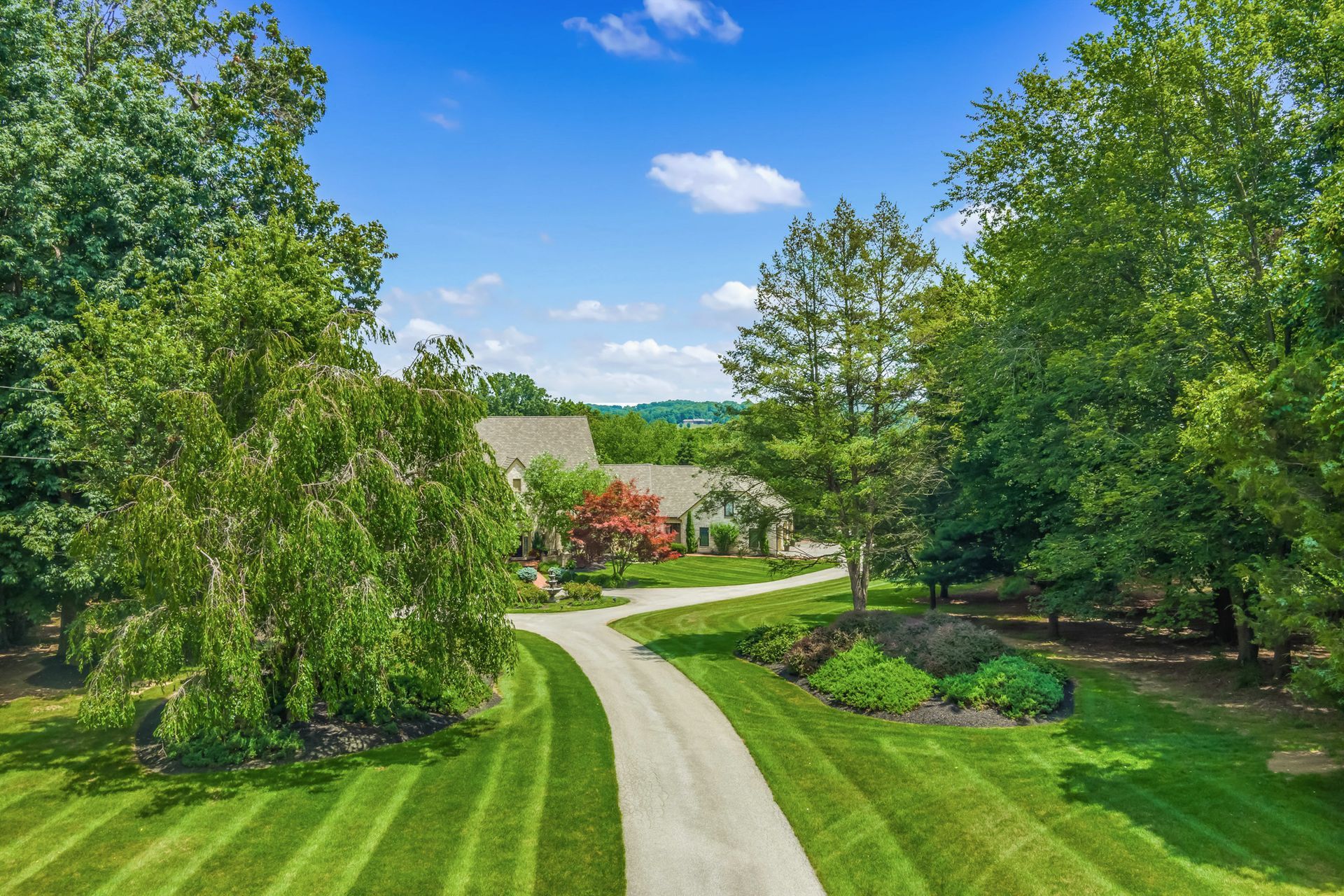
In 2024, finalizing a contract with your real estate photographer is more than just a formality—it's a crucial step in ensuring a successful collaboration. This is your opportunity to define the scope of the project in detail. A well-crafted contract not only outlines the specific services and deliverables but also sets clear timelines and terms of usage for the photographs. It's about ensuring transparency and mutual understanding, so there are no surprises down the line. Think of it as the blueprint for your working relationship, laying the groundwork for a smooth, efficient process that meets all your real estate marketing needs.
In finalizing the contract:
- Detailed Scope of Work: The contract should clearly outline the services to be provided.
- Clear Deliverables and Timelines: Specify what will be delivered and when.
- Terms of Usage: Understand the rights and usage terms for the photos.
Key Points to Remember:
- A comprehensive contract avoids misunderstandings.
- Ensure the contract reflects all discussions and agreements.
- Clarity on photo usage rights is essential for your marketing needs.
10. Preparing the Property for the Shoot

Preparing your property for a real estate photography session is a crucial step that can significantly impact the appeal and effectiveness of the resulting images. It involves meticulous staging and decluttering to ensure each room looks its best. Focus on highlighting the key features of the property, such as unique architectural elements or spacious areas. Additionally, consider the role of lighting, as it greatly influences the mood and feel of the space in photographs. Proper preparation can transform how a property is perceived, emphasizing its best qualities and attracting potential buyers.
In preparing the property:
- Staging and Decluttering: Clean and stage each room for a neat and appealing look.
- Highlighting Features: Ensure key aspects of the property are ready to be photographed.
- Optimal Lighting: Adjust lighting to enhance the space and create the desired atmosphere.
Key Points to Remember:
- Proper preparation significantly enhances photo quality.
- Attention to detail can make a significant difference in the final results.
- Lighting plays a crucial role in how the property is perceived in photos.
11. Review and Selection of Images

Reviewing and selecting the right images after a real estate photography session is a critical step in effectively marketing your property. It involves carefully choosing photos that highlight the most appealing and unique aspects of your property. Focus on quality, ensuring the images are clear, well-composed, and professionally presented. Additionally, consider the appeal of these images to your target market and how they align with current trends. The correct selection of images can greatly influence the speed of your property's sale, ensuring each photo tells a compelling story and enhances the attractiveness of your listing.
In reviewing and selecting images:
- Prioritize Key Features: Choose photos that emphasize the unique selling points of your property.
- Quality Over Quantity: Opt for images that are clear, well-lit, and professionally composed.
- Market Appeal: Select images that resonate with your target audience and market trends.
Key Points to Remember:
- The right images can significantly impact how quickly your property sells.
- Consistency in quality across all images is key.
- Each selected photo should contribute to the overall narrative of your property listing.
12. Effective Use of Photos in Listings and Marketing
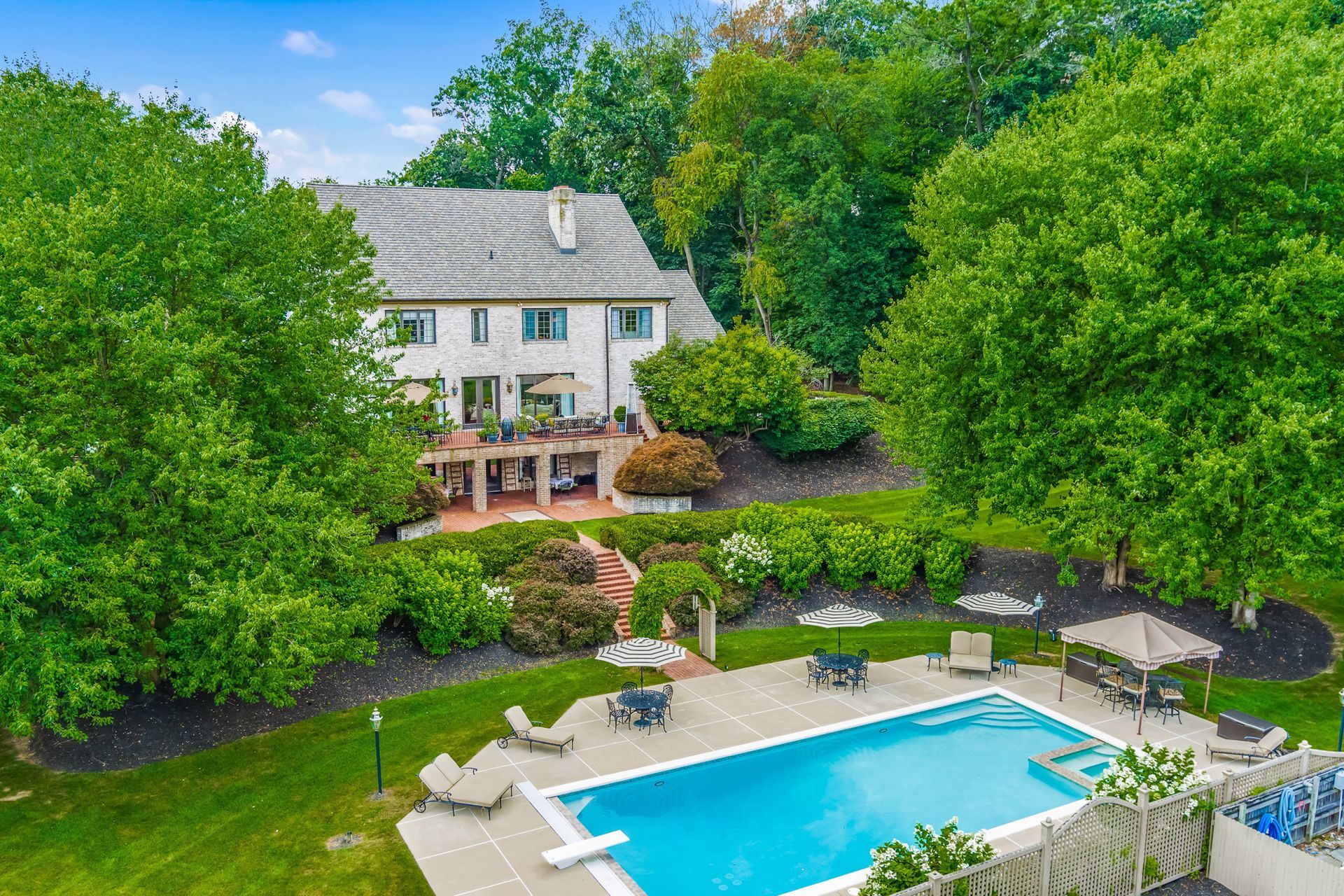
Effectively using photos in your real estate listings and marketing is crucial for attracting potential buyers. Place the photos strategically in listings to create a virtual tour effect. Utilize different marketing channels like social media, websites, and print media to widen your reach. Ensure that the photos align with your branding to maintain consistency and build trust. Remember, well-utilized real estate photos are vital in your marketing strategy, and diversifying their use across different platforms can significantly increase engagement and recognition.
In using photos effectively:
- Strategic Placement in Listings: Position photos in a way that takes viewers on a virtual tour of the property.
- Diverse Marketing Channels: Use photos across various platforms, including social media, websites, and print media.
- Consistent Branding: Ensure your photos align with your brand and overall marketing message.
Key Points to Remember:
- Quality real estate photos are a powerful tool in your marketing arsenal.
- Diversifying the use of photos across platforms increases reach and engagement.
- Consistency in visual branding helps in building trust and recognition among potential buyers.
Conclusion
In conclusion, as a real estate agent, leveraging high-quality real estate photography is crucial for showcasing properties compellingly and effectively. From understanding your photography needs and budgeting appropriately to researching and selecting the right photographer, every step is vital. Remember, the chosen images and how they're utilized in your listings and marketing efforts can significantly impact your property's appeal. By integrating diverse photography styles, utilizing advanced tools like Matterport 3D Tours, and understanding the nuances of aerial and twilight photography, you elevate your listings, attract more prospective buyers, and enhance your market presence. Embrace these steps to ensure your properties stand out in the competitive real estate market of 2024.


